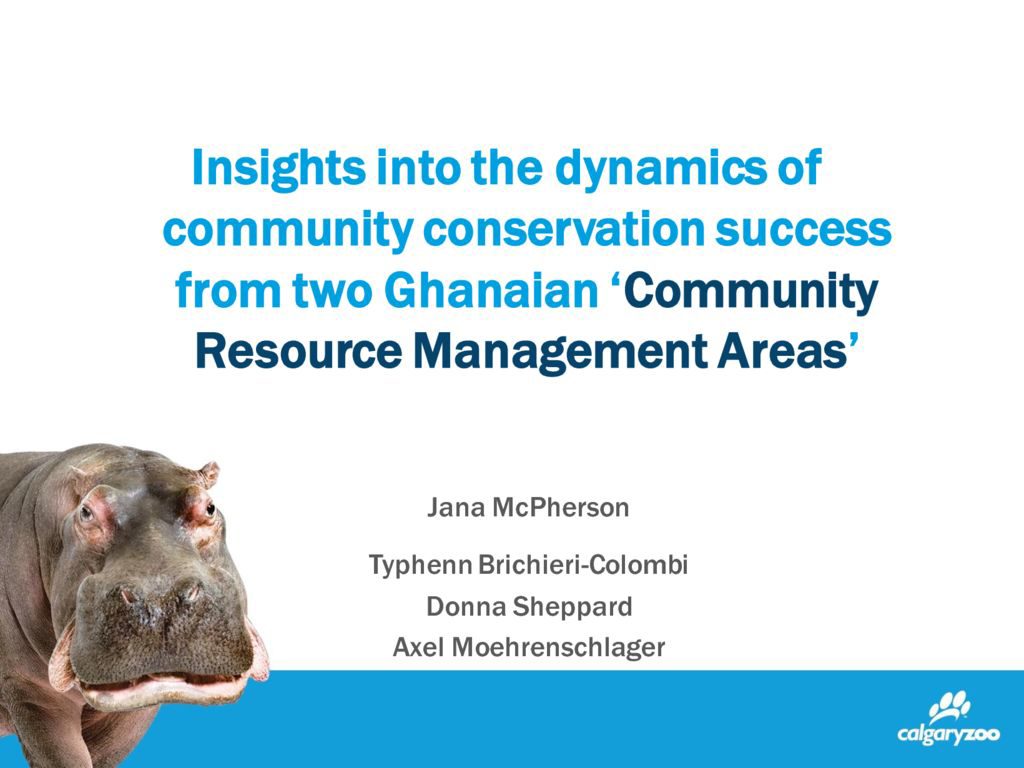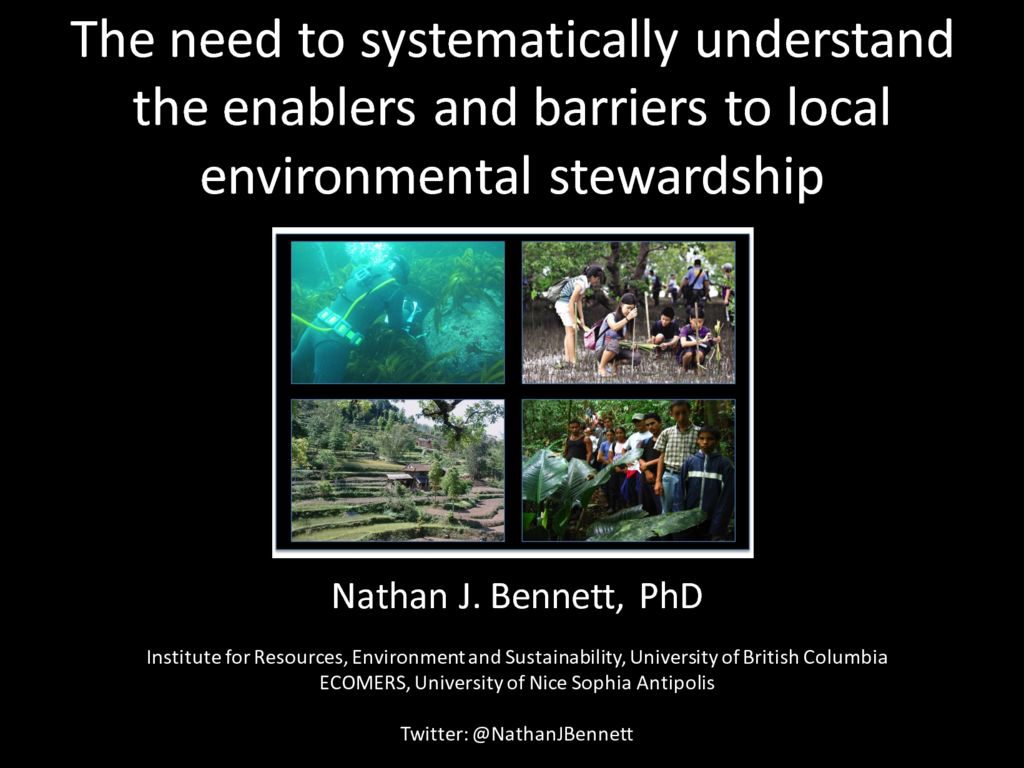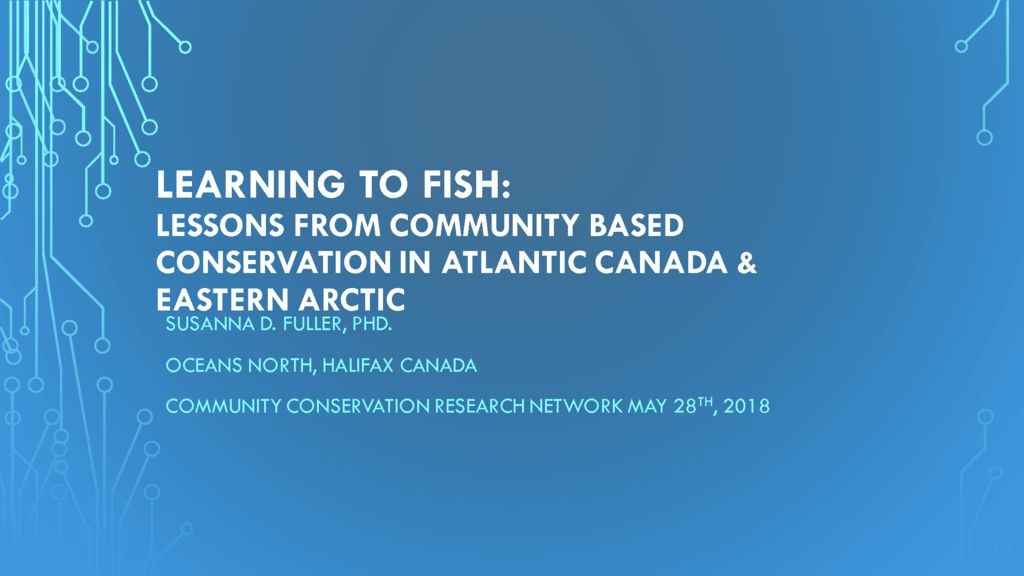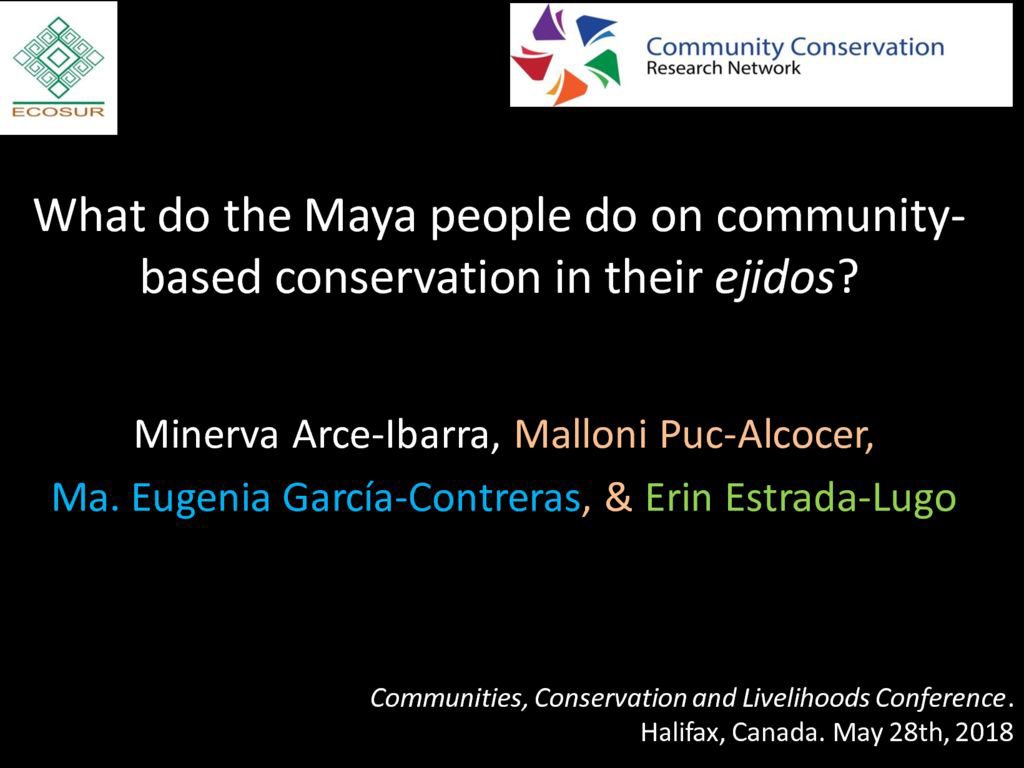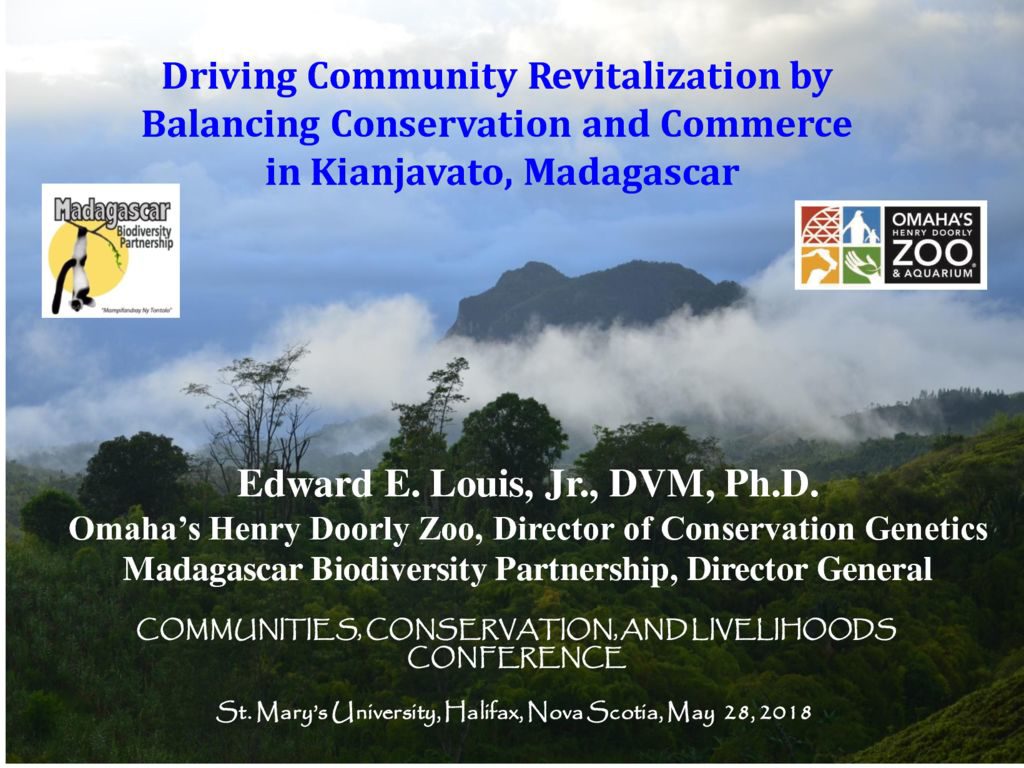23 Jan Key Considerations for the Long-Term Success of Community Conservation Initiatives
“A key challenge in community-based conservation lies in fulfilling the dual goals of benefiting nature and people. Considerable risk exists in both the short and long-term that one goal eclipses the other, with either conservation objectives or livelihood objectives being pursued at the expense or neglect of progress on the other goal. Moreover, community-based conservation initiatives frequently involve many different stakeholders; from local grassroots participants and special interest groups, to local and regional government, national and international environmental or development NGOs, foundations and funding bodies. Each stakeholder will have their own objectives and raison d’être, and yet in becoming involved, all should have the shared goal of success of the initiative as a whole.”
Resources found on this page include valuable presentations and videos of in depth discussions regarding characteristics of successful community-based partnerships, means of mitigating potential conflict among stakeholders (in terms of knowledge, power, finances or capacity), adaptive management, monitoring, and the roles of scientific, local and traditional knowledge. Through this discussion, we gain insight into effective local management structures from diverse locations, and a variety of perspectives on the importance of cultural, socio-economic and geographic inclusiveness, managing and fulfilling expectations, and handling the unforeseen.
Several case studies are shared to the right of this page. They provide a look into the interplay of success (or failure) of social, economic, and ecological goals within individual community-based conservation initiatives on their path to long-term success and sustainability.
Key Themes:
Factors of Success in Community Conservation, Places & Spaces, Conserved Areas, Wildlife & Fisheries
Click titles to expand sections below:



